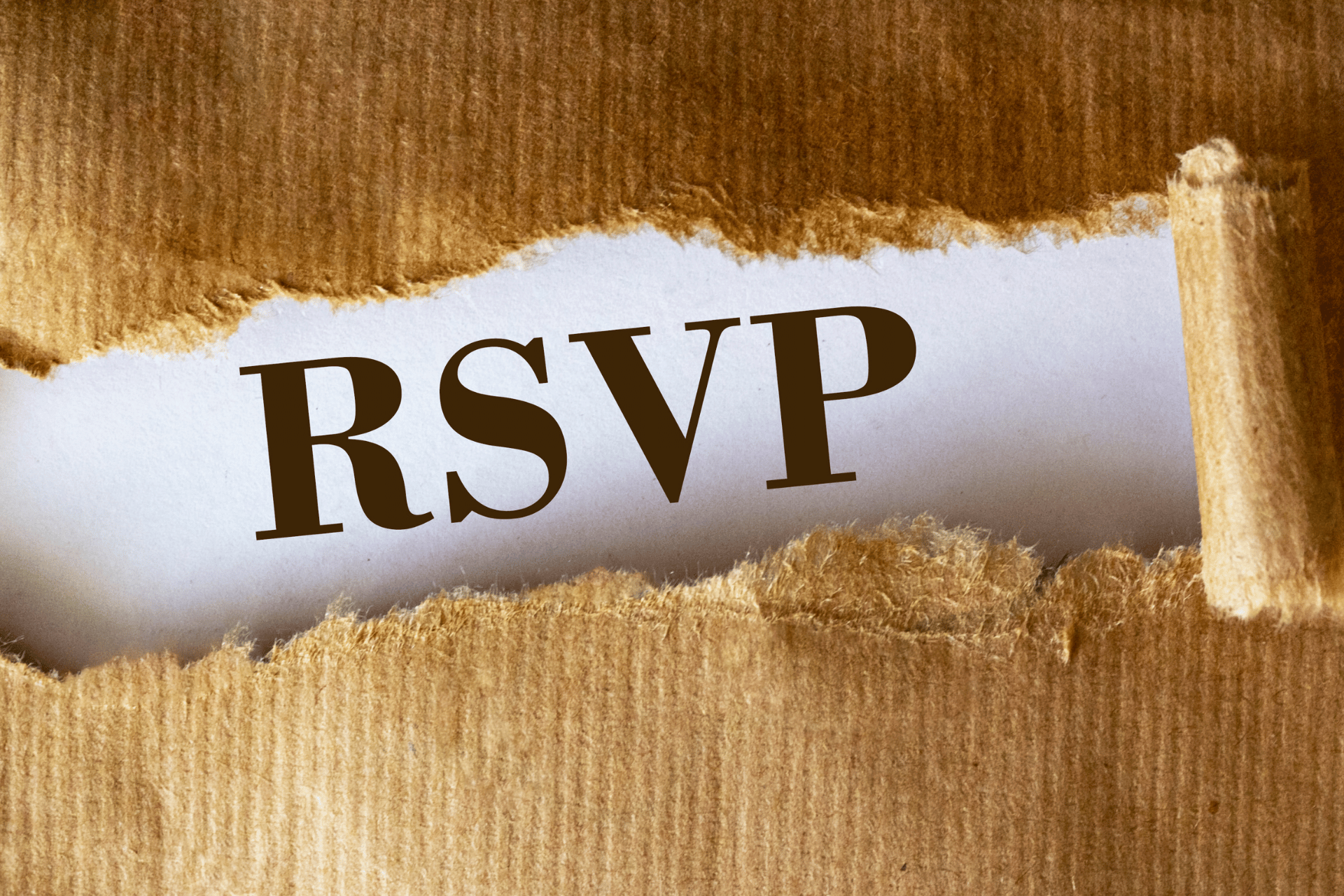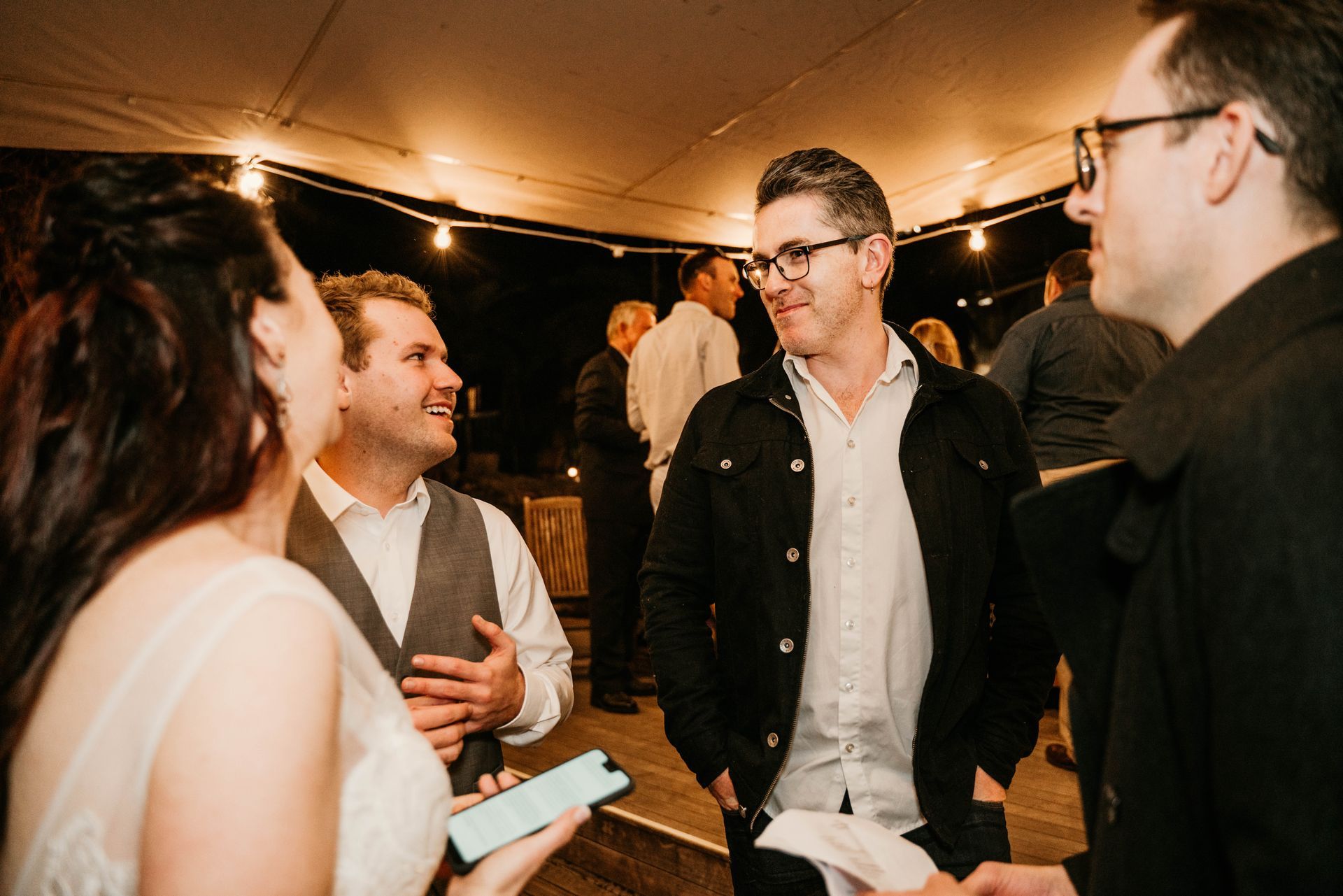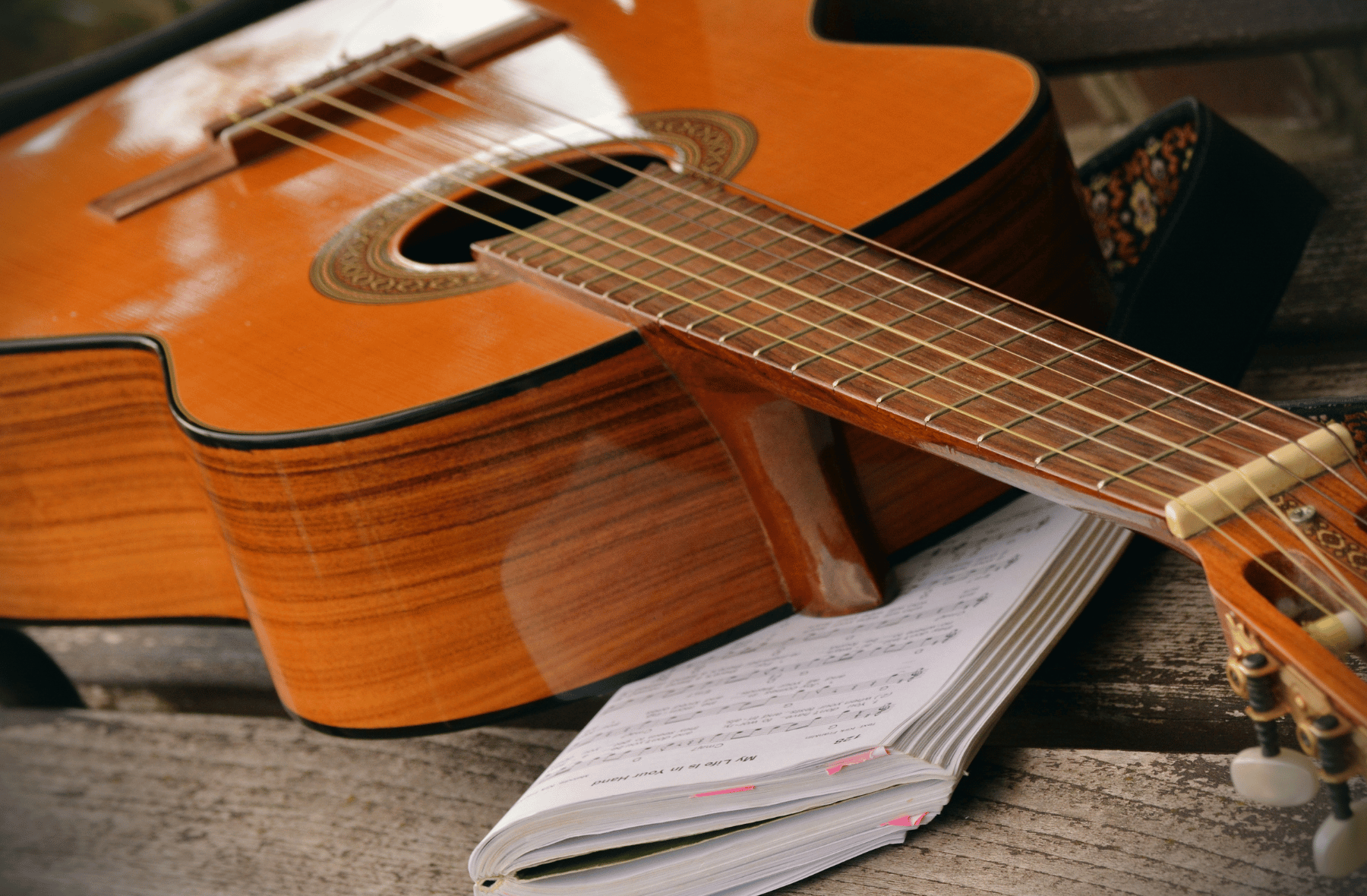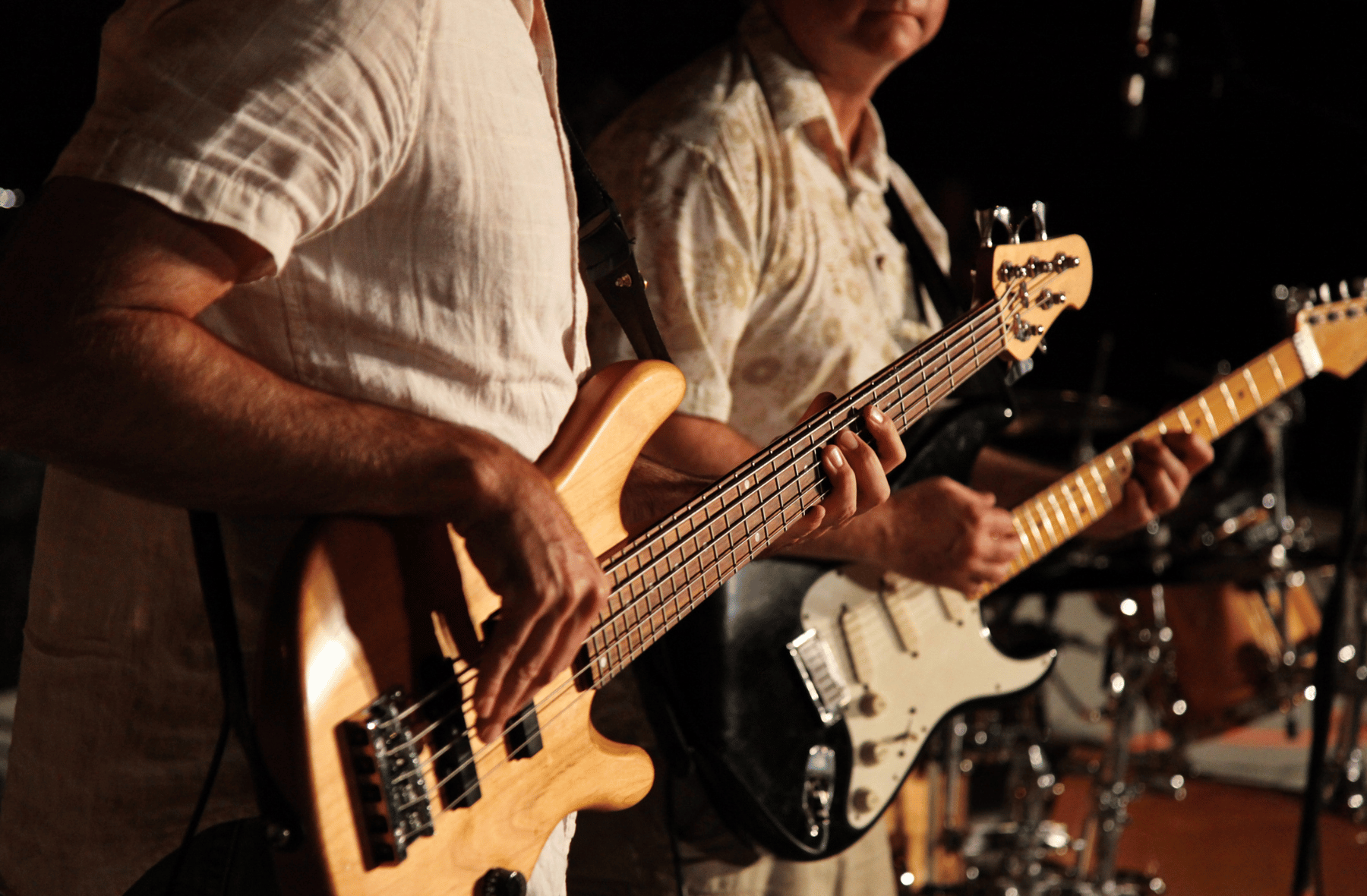How to Create the Perfect Setlist for Any Event
How to Create the Perfect Setlist for Any Event: A Band’s Guide to Crafting Unforgettable Musical Journeys

Whether you're a seasoned performer, just breaking into the live music scene, or making your own list for a private party or corporate funtion, knowing how to create the perfect setlist is one of the most crucial – and often overlooked – skills.
A great setlist doesn’t just fill a time slot; it tells a story, creates atmosphere, and brings your audience along for an unforgettable ride.
It’s the bridge between your music and the people experiencing it in real time.
From weddings and corporate functions to festival stages and pub gigs, the context of your performance matters. Different events demand different moods, energy levels, and song selections.
Based on years of playing live gigs in all sorts of venues, here's a detailed and engaging guide to crafting the ultimate setlist for any event.
1. Know the Event Type and Audience
Before you even touch a pen to paper or open your setlist app, ask yourself: What kind of event is this?
Wedding: Romance, sentimentality, and joyful celebration are key. You'll want a blend of classics, sing-alongs, and maybe a slow number or two for special dances.
Corporate Event: Keep things upbeat but professional. Think crowd-pleasers without offensive lyrics. You want to be background ambiance at times and the center of attention at others.
Festival: This is your time to shine. High energy, memorable hooks, and strategic pacing will leave a lasting impression.
Pub and Club Gig: These crowds want to drink, dance, and sing. You’ll need energy from the first chord, but don’t burn it all out too soon.
Tip: If you’re not sure who your audience will be, contact the event organiser. Ask about demographics, dress codes, or even previous entertainment. Knowing your crowd allows you to tailor your vibe.
2. Tailor the Setlist to the Time Slot
An hour-long set at 8 PM hits differently than a 3-hour marathon starting at 9:30 PM.
Understanding your time frame is essential.
Short Sets (30–60 minutes): Focus on impact. Choose your strongest, most energetic or emotionally resonant songs. There’s no time for filler.
Medium Sets (1–2 hours): Introduce dynamics. Use your strongest songs to open and close, but make room for emotional peaks and valleys.
Long Sets (2+ hours): Build in momentum shifts. Include slower or mid-tempo songs for both the audience and your band to breathe. Consider breaking it into sets with short intermissions.
Pro Insight: We once played a three-hour wedding reception where the couple requested everything from The Beatles to Bruno Mars. The trick? We divided the night into three "chapters" — a classic opening set, a fun and funky middle section, and a modern dancefloor finale.
3. Open Strong and Close Stronger
First impressions count — and so do the last notes the audience hears.
Opening:
Choose a track that’s instantly recognisable, energetic, or establishes your unique sound.
Avoid starting with a slow burner unless it sets a specific mood (like at a ceremony or a moody acoustic gig).
Engage immediately. A familiar cover or a popular original with a punchy intro works wonders.
Closing:
End with a bang. Think of the encore effect — even if there isn’t one planned.
Consider saving your biggest crowd-pleaser or singalong for last.
If possible, create a mini medley or mashup to leave the audience buzzing.
Real Example: We once opened a corporate gala with "Uptown Funk" and ended with a rock-anthem mashup of "Livin' on a Prayer" and "Sweet Child O’ Mine." People didn’t just clap—they jumped out of their chairs.
4. Build the Energy Arc
Every great setlist follows an energy arc — a carefully curated rise and fall of intensity that keeps the audience emotionally invested.
The Classic Arc:
Ignite: Start upbeat and exciting.
Settle: Ease into mid-tempo or mellow tracks.
Rebuild: Gradually climb back up with groovier or crowd-participation tunes.
Explode: Hit with your showstoppers or high-energy dance songs.
Cool Down (optional): For longer gigs, end a set with something intimate or heartfelt.
Pro Strategy:
Think of your set as a DJ would:
- How are you controlling the room's energy?
- How are you setting the tone for what’s next?
5. Mix Familiar with Fresh
Even if you’re an original act, the audience wants something they can latch onto.
Covers: Choose songs everyone knows but aren’t totally overplayed. Add your own twist — reggae-fy a pop song, or strip a dance hit into acoustic form.
Originals: Place your strongest songs strategically between covers. This keeps listeners engaged and helps associate your original music with a good time.
Case in Point: During a beach wedding, we dropped our original indie-folk ballad between "I'm Yours" by Jason Mraz and "Ho Hey" by The Lumineers.
The result?
Guests assumed our song was another hit — and asked for it again later!
6. Consider Key and Tempo Flow
Music is more than lyrics and rhythm.
Seamless transitions can elevate your performance from amateur to polished.
- Avoid jarring key changes unless they’re intentional.
- Consider arranging songs in the same or related keys together.
- Play with tempo to manage flow — you don’t want five fast songs in a row unless you’re in peak party mode.
Pro Move: Rehearse transitions between songs.
A well-timed drum fill or guitar riff between tracks can keep energy up and avoid awkward pauses.
7. Adaptability is Key
Even the best setlist needs to be flexible.
Read the room.
- People not dancing yet? Bring the tempo up or throw in a classic.
- Overheating crowd? Slow it down for a breather.
- Bride wants a song added last minute? Have a few bonus songs ready to go.
Band Rule: We always carry a “backup bin” — 5–7 extra songs in various styles and tempos we can pull from on the fly, depending on the crowd’s mood.
8. Personalisation Makes It Memorable
Customise the setlist to the event when possible.
- Weddings: Include the couple’s “first dance” request, or a song that means something to them.
- Birthdays: Learn the birthday person’s favourite song.
- Corporate events: Tie in a theme song, TV jingle, or something quirky related to the company.
Example: At a book launch, we added a clever parody of “Wonderwall” with lyrics about the author’s plot twists. It got laughs and shares on social media — instant win.
9. Test and Refine Over Time
No setlist is perfect on the first try.
Track what works and what doesn’t.
- Record your gigs if possible and review how songs landed.
- Note audience participation: What made them dance, sing, cheer, or disengage?
- Rotate in new songs slowly and phase out underperformers.
Band Habit: After every major show, we have a “setlist debrief” over dinner or drinks. It’s part business, part celebration — and always productive.
10. Presentation Matters
Don’t forget the logistics of how you’ll access the setlist live:
- Printed copies for each member with notes (like capo changes or intros).
- Digital tablets with foot pedals for scrolling.
- Colour-coding for sections (warm-up, mid-set, encore, etc.).
Make sure it’s easy to read in low lighting — nothing kills momentum like squinting at a dark page mid-show.
Final Thoughts: It’s More Than a List — It’s a Performance Blueprint
Creating the perfect setlist isn’t just about which songs you play.
It’s about how you play them, when you play them, and why they’re part of the journey you’re creating onstage.
From reading the room to balancing energy, mixing old with new, and ensuring you end on a high, a well-crafted setlist is the heartbeat of your live performance. It turns your collection of songs into a cohesive experience your audience will remember — and talk about — long after the final chord fades out.
So next time you prepare for a gig, treat your setlist like the script to your show. Practice it, perfect it, and most importantly — be ready to throw it out the window if the moment calls for it.
Because the best setlists don’t just follow a plan — they follow the energy of the room.







